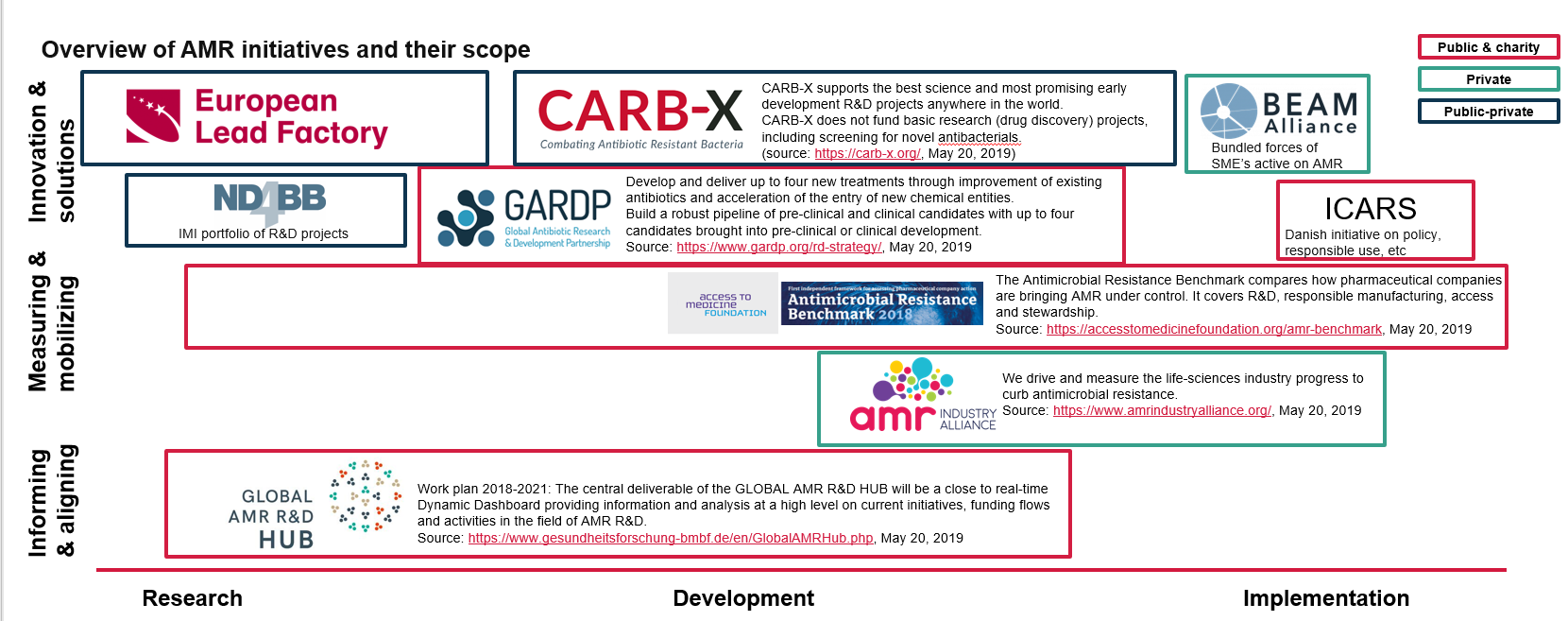 Which common illnesses are often wrongly treated with antibiotics?
Which common illnesses are often wrongly treated with antibiotics?
A series of mostly viral infections are incorrectly treated with antibiotics:
- common cold – it comes with sneezing, running or stuffy nose, cough, and sore throat. In most cases it is caused by rhinoviruses and antibiotics won’t work (CDC);
- sore throat – smoking, allergies, the viruses that cause colds or flu, or a bacteria group called A Streptococcus (i.e., Streptococcus pyogenes) are among the causes of this type of illness. Only the infection caused by Streptococcus needs antibiotic therapy, the rest do not(CDC);
- flu (Influenza) – is caused by influenza viruses and can infect the nose, throat and the lungs sometimes. Common symptoms include: fever and/or chills, cough, sore throat, running or stuffy nose, headaches, tiredness, muscle and/or body pains. Antibiotic therapy is not needed (CDC);
- acute bronchitis or chest cold – this disease is manifested by cough due to the mucus produced in the lungs by the swelling of the lungs’ airways. Besides coughing (with or without mucus), you can also feel soreness in the chest, tiredness (fatigue), mild headache, mild body aches or sore throat. In most cases it is a viral infection whose recovery takes up to three weeks (CDC).


 Report
Report

